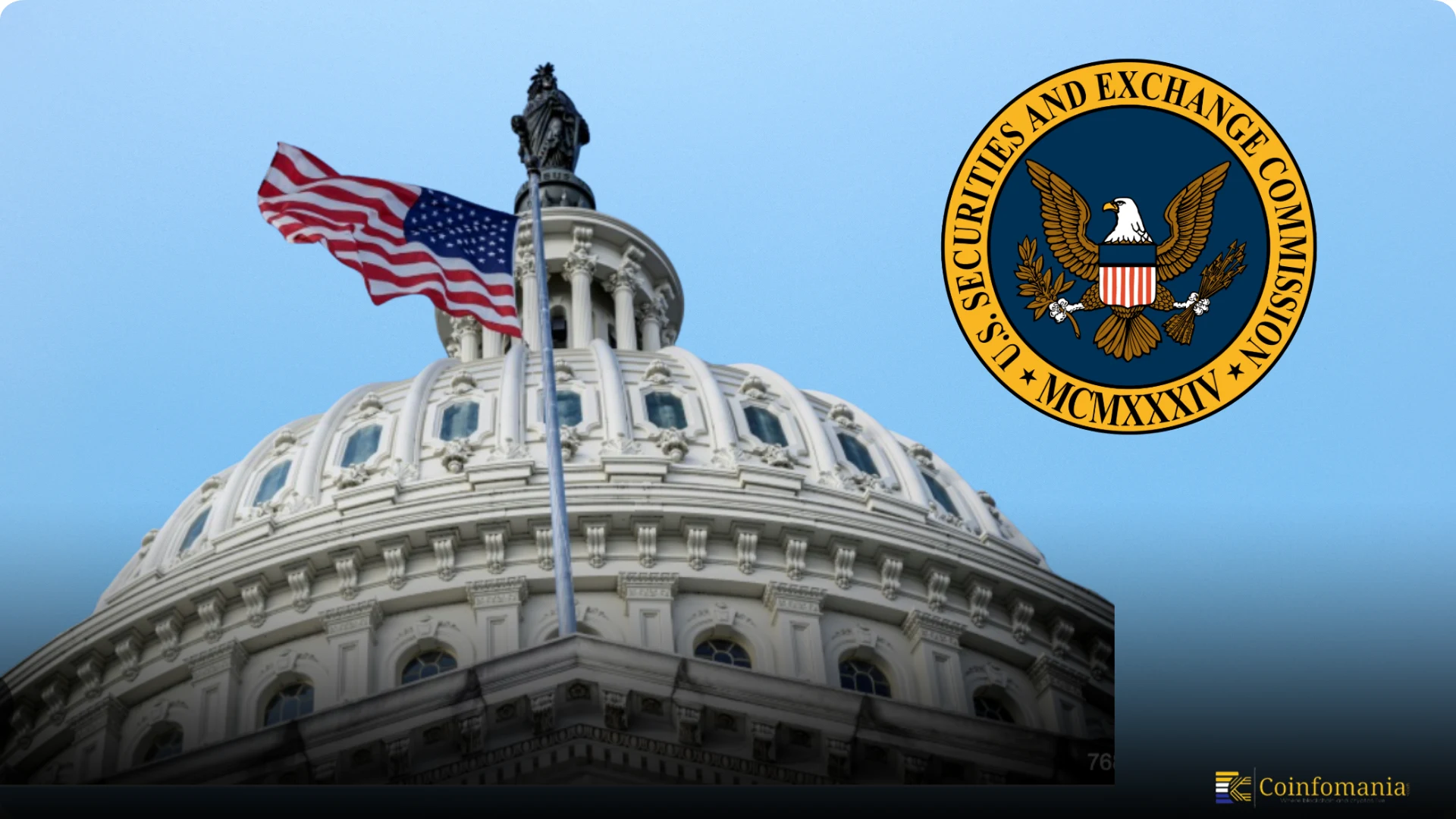Chiliz Eyes U.S. Comeback Amid Strong SEC Price Support and Regulatory Shifts
1
0

In a significant move for the crypto industry, Chiliz has officially signaled its intentions to re-enter the U.S. market. According to an SEC news log posted on the agency’s website, Chiliz, The Digital Chamber, and Zuber Lawler LLP met on April 22. The gathering marked a critical moment in the ongoing dialogue around digital assets and their regulatory classifications.
During the meeting, Chiliz presented a draft no-action letter addressing concerns regarding the legal classification of its fan tokens. The company argued that its blockchain-based tokens, designed to offer fan voting rights and exclusive rewards, should not be categorized as securities. This SEC news has already stirred conversations in the digital asset space about the future of fan tokens and their potential SEC price trajectory in regulated markets.
Chiliz’s SEC Price Surge Amid Leadership Changes
The SEC price surge in optimism among digital asset firms follows Acting Chair Mark Uyeda’s recent decisions to ease off enforcement actions. Lawsuits against major players like Gemini, Kraken, Immutable, and Uniswap were dropped under his interim leadership. The regulatory environment appears more welcoming, encouraging market participants to anticipate a positive SEC price increase in policy direction for crypto assets.
The SEC Price Trajectory for Fan Tokens
Fan tokens have captured the imagination of sports and crypto enthusiasts alike. Chiliz’s partnerships with world-famous clubs such as FC Barcelona, PSG, AC Milan, and Arsenal have given these tokens global appeal. However, the lack of clear regulatory frameworks in the U.S. previously forced Chiliz to pause agreements with 13 NFL and 27 NBA teams.
Now, with regulatory attitudes shifting, the SEC price trajectory for projects like Chiliz could dramatically improve. NBA and NFL teams are reportedly considering launching their fan tokens once clear guidelines are established. If realized, this could mark the SEC meteoric rise in fan token adoption across major U.S. sports leagues.
Global Alliances and SEC Bullish Chart Indicators
Despite regulatory headwinds in the U.S., Chiliz has maintained an active international presence. Its continued partnerships with high-profile football clubs and plans for a $50 million to $100 million U.S. investment reflect confidence in the long-term prospects of blockchain fan engagement platforms.
The SEC bullish chart indicators suggest clearer regulations could unlock substantial growth for the sector. With Paul Atkins’ leadership expected to streamline digital asset guidelines, market analysts foresee a sentiment of SEC price today favoring crypto innovations like fan tokens.
Challenges and SEC Price Support Developments
While optimism surrounds Chiliz’s potential U.S. comeback, challenges remain. The CHZ token has lost 67% of its value in the past year. According to DefiLlama, its total value locked (TVL) dropped from $17 million in December to $6.8 million, signaling reduced investor confidence.
However, the SEC price support for digital asset initiatives appears stronger under the new administration. The SEC news of eased enforcement and openness to dialogue could serve as a SEC critical price resistance breaker for projects previously held back by regulatory ambiguity.
A New Era for Crypto-Fan Engagement
The intersection of sports fandom and blockchain technology is poised for a resurgence. Chiliz’s strategic plan to return to the U.S. market, bolstered by fresh SEC news and leadership changes, could redefine how sports leagues and their fans interact globally.
A favorable SEC price trajectory would benefit Chiliz and unlock opportunities for other projects stalled by compliance concerns. The broader crypto market, eager for regulatory clarity and innovation, will watch closely as SEC price support measures evolve in this new, promising landscape.
The post Chiliz Eyes U.S. Comeback Amid Strong SEC Price Support and Regulatory Shifts appeared first on Coinfomania.
1
0
 Manage all your crypto, NFT and DeFi from one place
Manage all your crypto, NFT and DeFi from one placeSecurely connect the portfolio you’re using to start.






